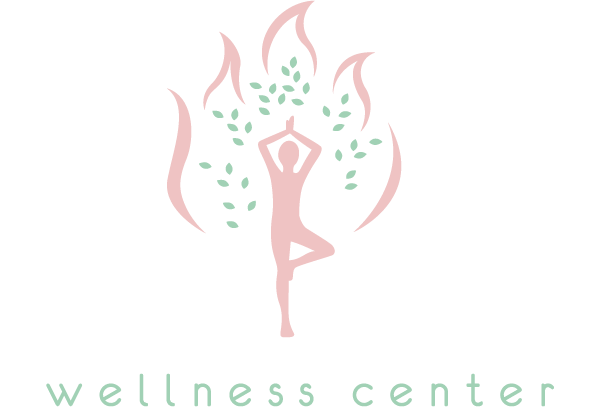Proper Hand Alignment/Balanced Forearm Muscles Can Protect Wrists In Yoga Poses
Proper Hand Alignment & Balanced Forearm Muscles Can Protect Wrists In Yoga Poses
Daily use of wrists in an imbalanced way can result in injury. First, the imbalance must be brought to our attention. Then, your yoga poses can become a powerful way to correct them!
Healthy wrists rely on the strength of our forearm’s top and bottom muscles. The top muscles are used more daily for many activities – typing, driving, golfing, using tools in the kitchen or at work, etc.. The bottom muscles of the forearm run from the palm through the wrist to the forearm to the elbow and are used less often. Our wrists are most often in an upward bend throughout the day,, which causes the imbalance in the forearm muscles. This imbalance can lead to tendonitis in the wrist & elbow as well as nerve pain experienced in Carpal Tunnel Syndrome.
When doing yoga poses, the imbalance is brought to the pose. Unknowingly, this can create more problems. It is important to listen to your body as you do each pose to feel if the muscles in the forearm (both top and bottom) are being actively engaged. This balance (or imbalance) can be felt when doing Virabhadrasana II (Warrior 2). When the arms are raised and extended out at shoulder height, the fingers tend to bend upward-not the wrists. This increases the tension in the top muscles of the forearm, as well as the shoulders and neck. The bottom (underside) of the arms will become engaged when the fingers are lengthened with a soft wrist while pulling the energy from the palms of the hands to the armpits. This helps to balance the muscular tension in the forearms.
Weight bearing poses like downward-facing dog (Ardho Mukha Svanasana) are potentially more damaging to wrists. Proper weight bearing in the hands in this pose can be a problem due to forearm muscle imbalance. The weight should be felt through the mounds of the fingers-especially the index finger with caution to not roll out on the heel or outer edge of the hand. The importance of alignment is a focus for each yoga instructor at The Blue Yoga Studio. We will work with each student to help make their practice the best it can be. Come experience your practice in a mindful yoga studio!
-Kim Stabbe, RDH,MS, RYT
Reference:
Doug Keller, “Healing (and Preventing) Wrist Injuries”, Yogaplus.org, Jan-Feb 2007, Yoga+Joyful Living
NIH/NINDS, “Carpal Tunnel Syndrome Fact Sheet”, NIH Publication No. 17-4898, 1/2017
O. Alizadehkhaiyat, et. al., “Strength and fatigability of selected muscles in upper limb: assessing muscle imbalance relevant to tennis elbow”, J Electromyogr Kinesiol, 2007 Aug: 17(4)
“Golf Injuries to the Hand, Wrist or Elbow”, Am Society for Hand Surgery, www.handcare.org, 2015

